I’m not one to back down from conflict, but I’m definitely not someone who goes looking for it, either. At the end of the day, I’m a pretty laid back guy who just wants things to go smoothly. Maybe that’s why I’m so averse to the F word: friction.
On a personal level, I’ve seen both positives and negatives from my friction avoidance stance. On the positive side of my frictionless lifestyle, I’m an ultra-rare edition Millennial who’s never struggled with anxiety. On the negative side, I can get winded climbing into bed because I avoid cardio like the plague.
On a professional level, I’ve observed friction to be a more one-sided affair, skewing almost exclusively toward the negative end of the spectrum. Let’s take a closer look.
The Negative Effect of Friction
Time and time again, I’ve seen clients either increase or decrease their conversions (whether leads, e-commerce sales, or whatever else) in direct correlation to decreasing or increasing friction (respectively) within their conversion funnel.
Sure, it sounds super obvious that reducing friction and lowering the bar to entry would result in an increase in conversions – I think most people understand that intuitively. But what surprises me is how often a company is blindsided by a dearth of conversions in response to increasing friction within their funnel.
Over the last 10+ years, I can’t begin to tell you how many times we’ve heard from prospective clients that their leads/sales/etc. mysteriously fell off a cliff, and no one can figure out why. In nearly every case, it turns out that they increased friction by requiring more of a user.
That friction of “more” can come in a variety of flavors, too: more fields to fill out on a form, higher prices for products/services, removal of benefits (like free shipping), more steps, more decisions, the list goes on.
Who Would Actually Increase Friction?
Sure, price increases on tangible products can be inevitable due to inflation, chip shortages, etc. Those are points of friction for both the end user and the selling company, so let’s focus more on lead-based friction hikes for now.
In my experience, the reason for increased friction is more often than not administrative or process-related.
- Maybe a company’s services span multiple departments each with their own budgets, so leads need to be captured, qualified, and accounted for in different ways.
- Maybe there’s an aggressive new company-mandated growth goal that results in a seemingly random price increase.
- Sometimes, it’s as simple as a sales manager demanding more required fields for his staff on an intake form because they would rather make a call than send an email.
While these aren’t necessarily illegitimate concerns to be swept under the rug, there’s an important rule to keep in mind: your audience doesn’t care about your administrative requirements. Your audience is looking for goods/services that will reduce friction in their lives.
your audience doesn’t care about your administrative requirements.
Unless you have the absolute best product bar none, or carry the highest luxury perceptions, people generally aren’t going to put up with increased friction that comes from your company’s internal process requirements while they themselves are in the process of de-frictionizing their own lives.
If your goals get in the way of their goals, they’re going to abandon ship and find an easier path forward.
De-friction Your Funnel
As mentioned earlier, sometimes friction is a good thing. Look at sand paper: you’re using friction to eliminate rough edges that cause friction in your day to day. The same basic principle applies to your customer journey as well: look for rough edges that your audience gets hung up on (Google Analytics is a great place to start), then start honing.
Your company may need to take on some friction to smooth those edges out (ex. less automation when accounting for multiple departments’ budgets, boosting company growth by adding products/services rather than jacking up prices, making your salespeople send an email when there’s no phone number present on the lead, etc.), but ultimately, it’s going to be worth it.
At the end of the day, your audience pays your bills – why not make it a little easier for them to whip out that checkbook?

